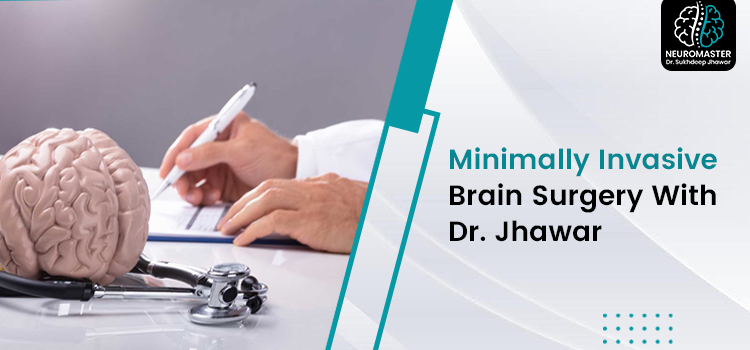he doctor conducts brain surgery to treat various types of condition, which includes blood clots, tumors, epilepsy, aneurysms, and Parkinson’s disease. A neurologist in the Best Neurology Hospital In Ludhiana performs the whole brain surgery. They prescribe their patient anesthesia, monitor the entire ordeal, and also give some instructions for post-operative care for some sensitive operations.
Getting professional help is necessary in order to treat a specific brain neurological condition. Our renowned doctor performs various surgeries, including Open Vascular Surgery in Ludhiana, to treat the neurological condition.
What Are Some Types Of Brain Surgery?
We have listed down some of the most common types of operations involving the brain’s areas and surrounding them.
-
Craniotomy
The doctor removed a piece of the skull so that they could get access to the brain to remove the tumor, blood, abnormal tissues, or blood clots. It then later relieves pressure after a stroke or an injury. Apart from that, it also helps in repairing the brain aneurysm or skull fractures or even treating some other conditions surrounding the brain. So do keep in mind that the doctor puts back the piece of skull in place after the surgery.
-
Biopsy
The doctor performs the biopsy after the imagining has detected some potential abnormality in the brain. The surgeon in the Brain Hospital In Punjab creates an incision in the skull or, in some cases, inserts a needle to eliminate the tissue or brain cell for examination by a pathologist.
-
Deep brain stimulation (DBS)
It is basically a battery-operated medical device which experts also call an implantable pulse generator. They implant it to deliver electrical stimulation to particular areas in the brain. The doctor mainly uses DBS for movement disorders such as Parkinson’s disease.
-
Neuroendoscopy
It is a minimally invasive technique that involves threading a thin tube which is also known as endoscopy via the mouth, small incisions in the skull, or the nose. The doctor performs this technique to get access to and remove the brain tissues. With the help of the light and the camera on the end of the endoscope, the doctor is able to perform the surgery with tools placed through the endoscope. Endoscopic transsphenoidal surgery is also known as endoscopic pituitary surgery. It is a type of Neuroendoscopy. In this technique, the doctor threads the endoscope through the nose to get rid of the lesions and brain tumors near the pituitary gland, which is just behind the bridge of the nose.
-
Posterior Fossa decompression
It is a treatment that involves some parts of the brain, which are also known as the cerebellum and brainstem. Let us take an example to treat the cognition of Chiari malformation. The surgeon creates an incision at the patient’s back of the head. The reason for conducting this method is to remove a tiny portion of the bone, which is at the bottom of the skull. With the help of this removal, there is more space for the cerebellum, which also relieves the pressure on the spinal cord.
For further details kindly contact:
Call Us
+91-9872940237
24 X 7 online
supportdrssjhawar@gmail.com
Address
Arora Neuro Centre 120, The Mall Rd, Civil Lines, Ludhiana, Punjab 141001



